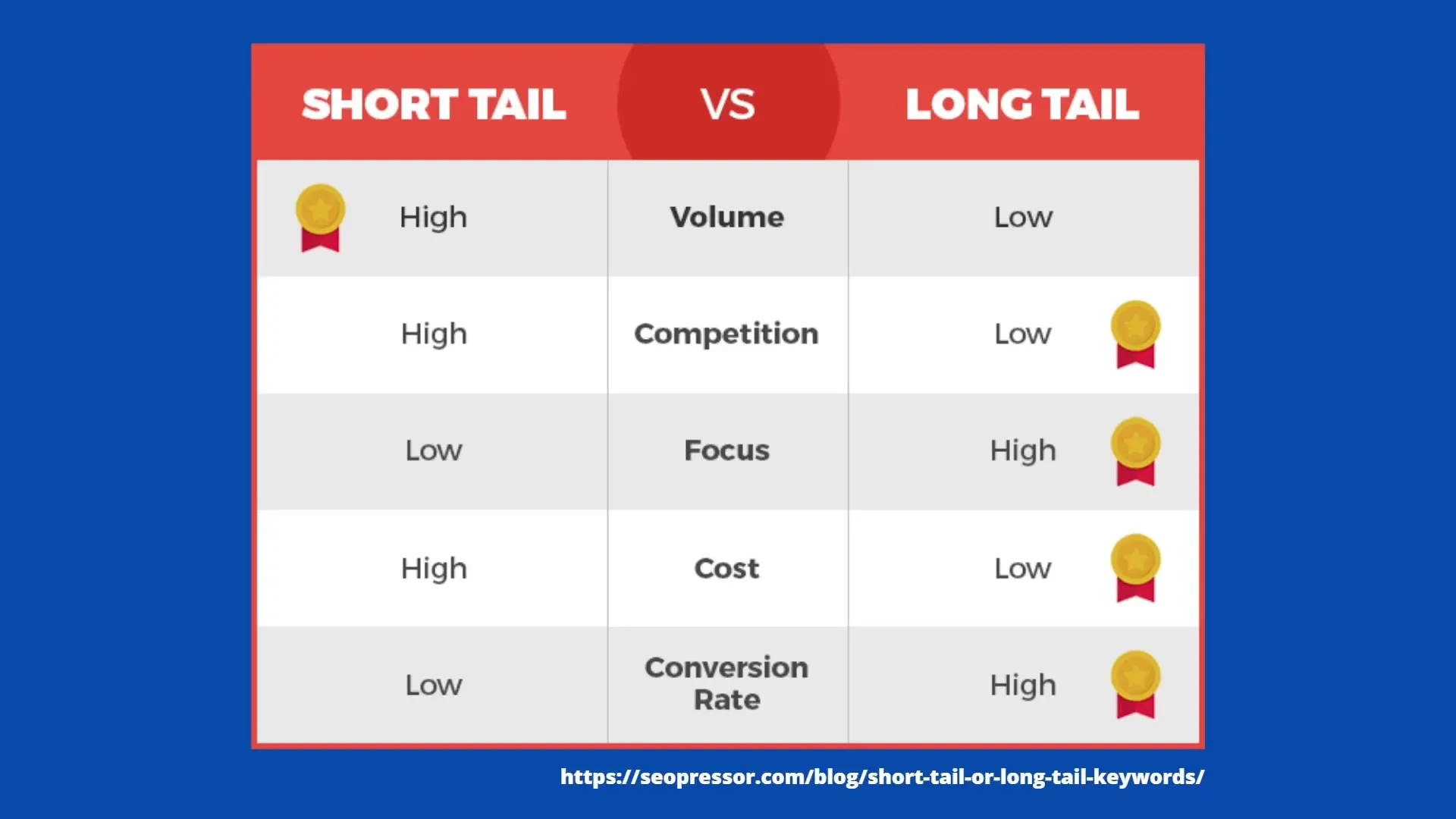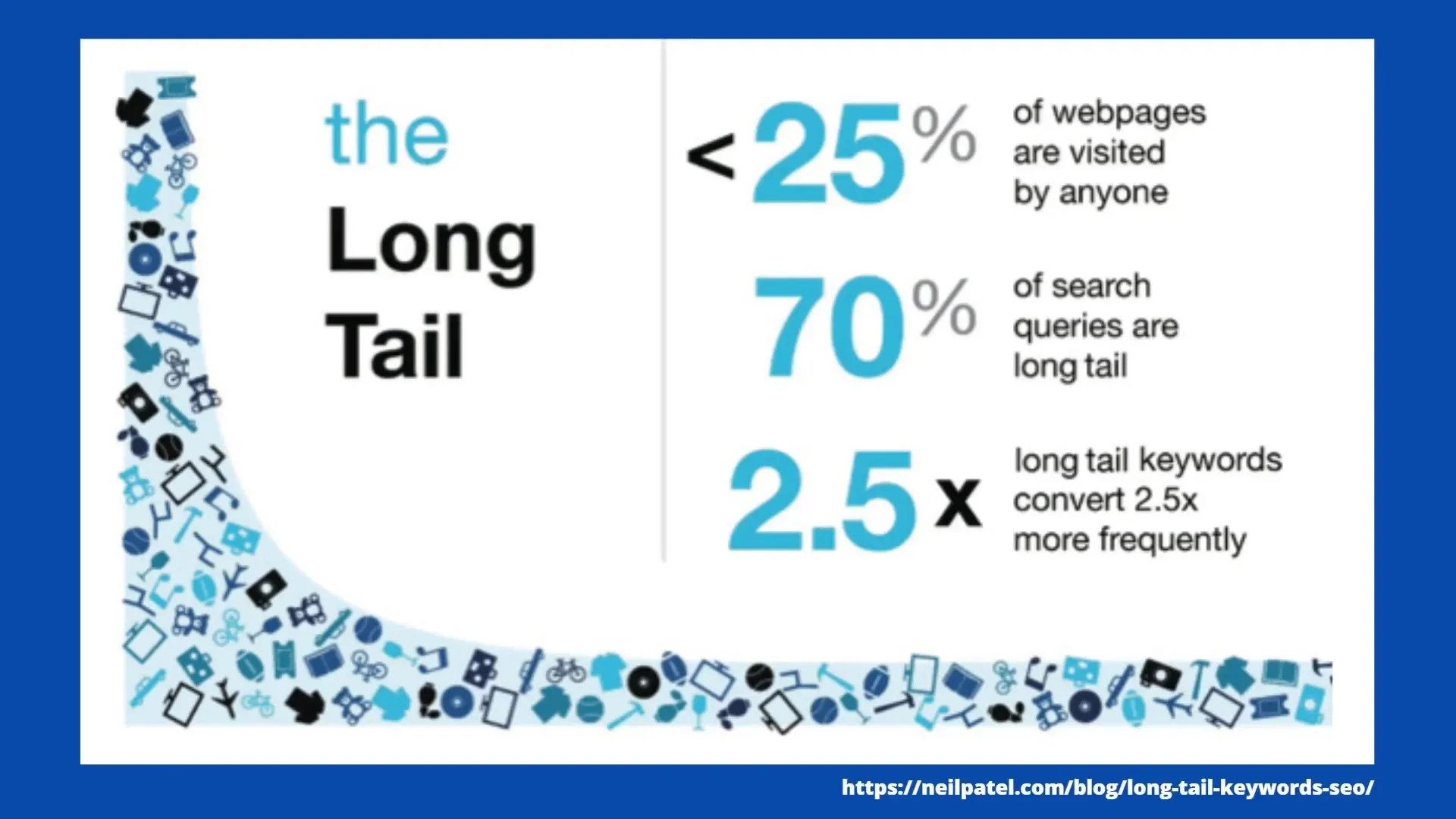Choosing the right keywords can play a crucial role in the success of your online marketing. Especially in the context of TikTok and other social media platforms, a good understanding of the differences between Long and Short-Term Keywords is essential. In this guide, you will learn how to effectively use both types of keywords to increase your visibility and ultimately your conversions. Let's take a closer look at these two concepts and find out how you can use them to your advantage.
Key Insights
- Short Tail Keywords have higher search volume but are characterized by stronger competition.
- Long Tail Keywords are more specific, have lower volume, but offer a higher conversion rate.
- Using Long Tail Keywords is more suitable for smaller shops, blogs, or channels with less existing traffic.
- Advertisements for Long Tail Keywords are more cost-effective and have better conversions.
Step-by-Step Guide
Step 1: Understanding Short Tail and Long Tail Keywords
Before you start applying the keywords, it's important to know exactly what Short Tail and Long Tail Keywords are. Short Tail Keywords usually consist of one or two words and are very general, such as "shoe" or "women's shoe." Long Tail Keywords consist of multiple words and are more specific, such as "cheap men's shoes in 2020" or "buy Nike running shoes."

Step 2: Analyzing Search Intent
To choose the right keywords, you must understand the search intent of your target audience. While users searching for Short Tail Keywords often look for general information, users using Long Tail Keywords are typically further along in their buying decision and are looking for specific products or services.

Step 3: Conducting Keyword Research
Use tools like Google Keyword Planner or Ubersuggest to identify both Short Tail and Long Tail Keywords for your niche. Pay special attention to the search volume and competition for the chosen keywords.
Step 4: Integrating Keywords into Content
Once you have created a list of relevant keywords, you should integrate them into your content. Use Short Tail Keywords in headings and introductory sentences, while Long Tail Keywords are better integrated into the texts, descriptions, and meta tags.
Step 5: Analyzing Competition
Check which other contents are ranking for the selected keywords. Analyze the level of competition and the type of content available. This can help differentiate your own content.

Step 6: Optimizing Advertisements
If you are running paid advertising, you should differentiate between Long Tail and Short Tail Keywords in your keyword selection. Long Tail Keywords often have a lower Cost per Click (CPC) and can increase conversion rates as the target audience is more specific.
Step 7: Developing a Long-Term Strategy
A long-term strategy will help you generate constant traffic and increase your visibility. Regularly experiment with different combinations of Short and Long Tail Keywords and observe how they affect the performance of your content or advertisements.
Summary
Proper management of Short and Long Tail Keywords can significantly improve your online success on social media platforms. While Short Tail Keywords provide broad traffic, Long Tail Keywords are essential to achieve further conversions and reach an engaged audience.


